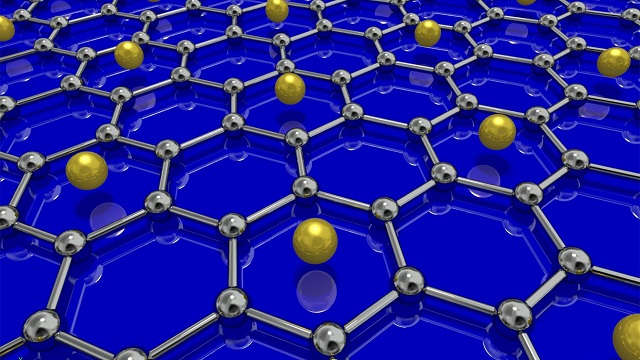A novel approach to turn carbon dioxide into 3D graphene with micropores across its surface has been demonstrated by a team at the Michigan Technological University. According to the researchers, tiny dents in graphene’s surface greatly enhances its potential as a supercapacitor.
The conversion of carbon dioxide to useful materials usually requires high energy input due to its ultrahigh stability. The research team however managed to create a heat-releasing reaction between carbon dioxide and sodium to synthesise 3D surface microporous graphene.
“3D surface-microporous graphene is a brand-new material,” said Professor Yun Hang Hu. “It would be an excellent electrode material for energy storage devices.”
Current commercialised supercapacitors employ activated carbon using micropores to provide efficient charge accumulation. However, electrolyte ions have difficulty diffusing into or through activated carbon’s deep micropores, increasing the charging time.
“The new 3D surface-microporous graphene solves this,” Prof Hu explained. “The interconnected mesopores are channels that can act as an electrolyte reservoir and the surface-micropores adsorb electrolyte ions without needing to pull the ions deep inside the micropore.”
According to the researchers, the dents are only 0.54nm deep and as a result, the material exhibits an ultrahigh areal capacitance of 1.28F/cm2.
The supercapacitive properties of 3D surface-microporous graphene is said to make it suitable for elevators, buses, cranes and any application that requires a rapid charge/discharge cycle.
Source: newelectronics







